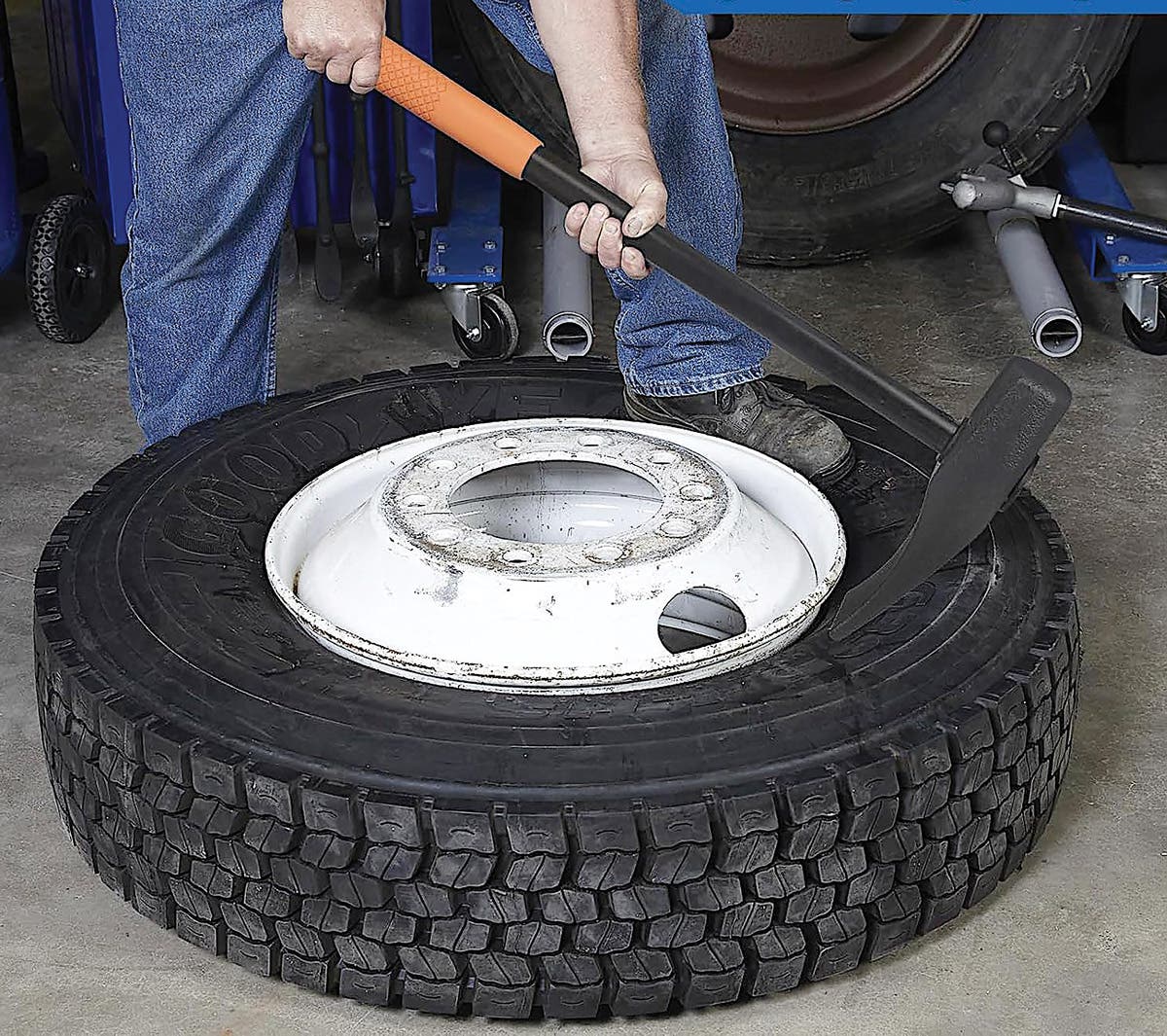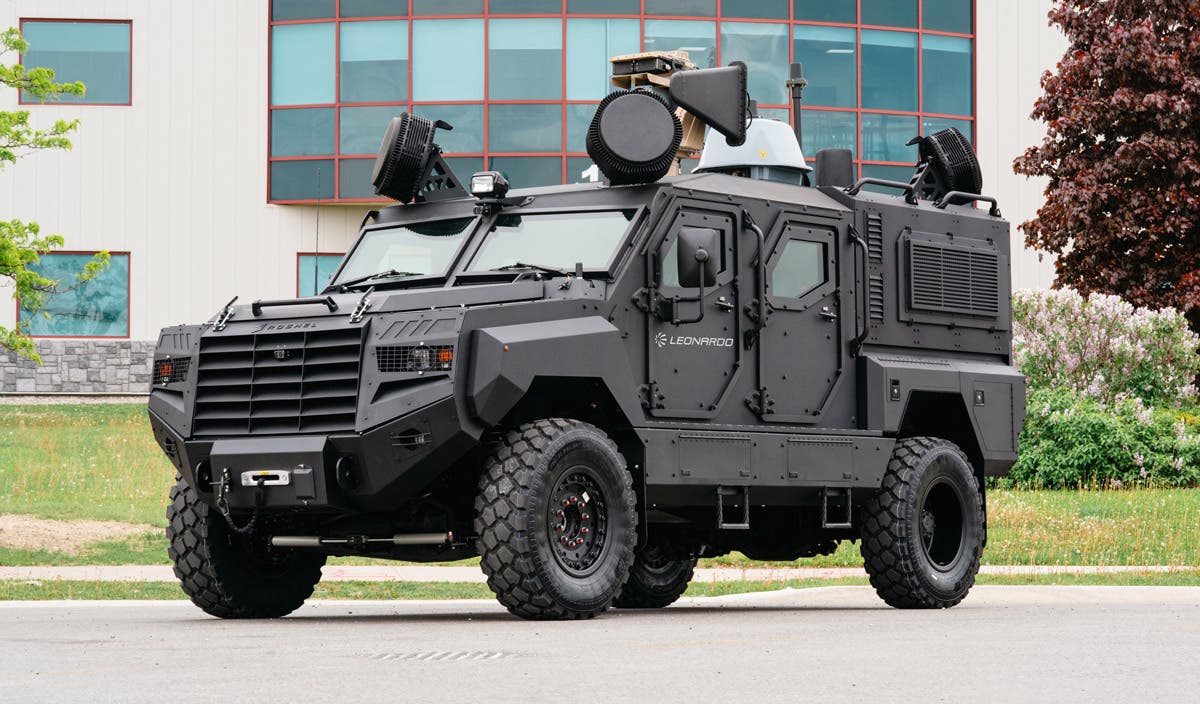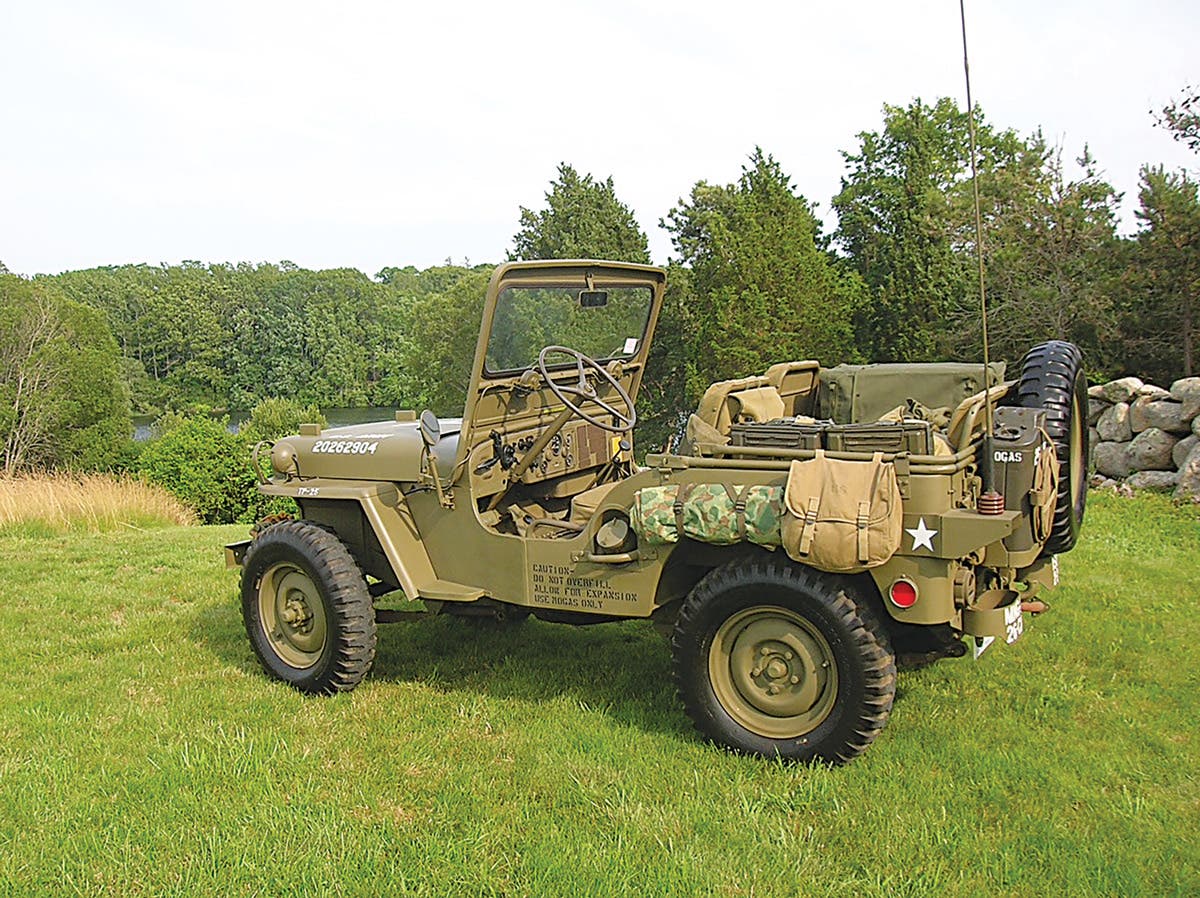A glimpse at the grandfather of the LMTV: The T23
Interest in a 2½-ton 4×4 truck with extremely high mobility climbed during the early days of the U.S. involvement in WWII. Chrysler was tapped for the design, development and manufacture of one such truck, which was designated T23 (not to be confused with the T23 gun motor carriage/armored car) by the Army.
Interest in a 2½-ton 4x4 truck with extremely high mobility climbed during the early days of the U.S. involvement in WWII. On Feb. 12, 1944 Major E.H. Holtzkemper, Chief, Transport Vehicle Section, Development Branch requested that Fargo’s Robert Biggers quote on such a vehicle.
The company responded with a quotation on March 28. On May 3, 1944 Ordnance and Chrysler entered into contract W-20-018-ORD-4734 for the design, development and manufacture of one such truck, which was designated T23 (not to be confused with the T23 gun motor carriage/armored car) by the Army. The Chrysler engineering code for the vehicle was T235. The contract specified that the vehicle be delivered by Nov. 16, 1944.
As it turned out, the T23 was not delivered until January 15, 1945, and even then, the Ordnance Department immediately turned the truck back over to Chrysler for testing. Powered by a Chrysler 331-cubic-inch six-cylinder engine, driving through a five-speed transmission and two-speed transfer case, the 14,595-lb. truck was equipped with a then-new technology, central tire inflation. Given the nickname “swamp buggy,” the truck had 25 inches of ground clearance beneath the axles.
A supplement to contract W-20-018-ORD-4734 was issued on Jan. 18, 1945, which added two more of the trucks to the contract. One was to be delivered by May 5 and the other by May 21. With this $300,000 addition, the contract value rose to $550,000.
A third supplement of April 5 brought the total number of T23s to five, with the last two to be delivered by August 7. The price had climbed to $756,482.50. This was memorialized in a definitive contract on May 4, 1945. At the same time the delivery date of the first three trucks was pushed back to June 21.
That there was considerable interest in the T23 is evidenced by a query from Lt. Col. R. F. Whitworth, Chief, Motor Vehicle Branch, Detroit Ordnance District on June 4, 1945. By that letter, Chrysler was asked: “For information only, Ordnance would like to know if Chrysler can produce - (a) 10,000 of these vehicles to start in 6 to 9 months with completion of the entire number within 18 to 21 months. (b) 20,000 vehicles at a rate of 1,000 per month production to start within 6 to 9 months and be completed within 18 to 21 months. (c) 30,000 vehicles at a rate of 1,000 per month, production to start within 6 to 9 months and to be completed within 18 to 21 months.”
“Ordnance also desires the tooling costs for these quantities and the total cost per vehicle.”
Chrysler responded to this request on June 14, estimating daily production rates and individual truck costs of 40 at $9,445; 80 at $8,823; 120 at $8,697 net each for the 10, 20 and 30,000 truck quantities inquired about. Chrysler conditioned this pricing upon acceptance of the offer by the government by July 2, 1945.
The second pilot of the T23 was shipped on Aug. 11, 1945, bound for Fort Bragg, according to records maintained by Chrysler’s Kenneth Burks. Chrysler records indicate that the fourth prototype was shipped to Aberdeen Sept. 13, 1945. The fifth and final T23 was shipped to the Detroit Signal Laboratory on Sept. 28, 1945.
While the truck shipped across town to the Detroit Signal Lab was the last truck built, Chrysler still had in its possession the first T23. This vehicle had been returned to Chrysler the day it was delivered for use as a test article. Chrysler turned the vehicle back over to Ordnance on November 28, 1945. The Army opted not to pursue development of the T53, but one of the vehicles was preserved for a time in the Ordnance Museum at Aberdeen. Unfortunately, that vehicle, like many other rare and interesting vehicles, was destroyed during Korean war scrap drives. A similar-appearing vehicle, the T53, was built by Chrysler in the 1950s, but it did not see production, either. Ultimately, it would be 1991 before the U.S. Army adopted a 4x4 2 ½-ton, the LMTV, as Army standard.
{Excerpted from U.S. Dodge – The development and deployment of Dodge military trucks 1940-1975, from DavidDoyleBooks.com}
David Doyle's earliest published works were occasional articles in enthusiast publications aimed at the historic military vehicle restoration hobby. This was a natural outlet for a guy whose collection includes several Vietnam-era vehicles such as M62, M123A1C, M35A2, M36A2C, M292A2, M756, and an M764.
By 1999, his writing efforts grew to include regular features in leading periodicals devoted to the hobby both domestically and internationally, appearing regularly in US, English and Polish publications.
In 2003, David received his a commission to write his first book, The Standard Catalog of U.S. Military Vehicles. Since then, several outlets have published more than 100 of his works. While most of these concern historic military hardware, including aircraft and warships, his volumes on military vehicles, meticulously researched by David and his wife Denise, remain the genre for which he is most recognized. This recognition earned life-time achievement in June 2015, when he was presented Military Vehicle Preservation Association (MVPA) bestowed on him the coveted Bart Vanderveen Award in recognition of “...the individual who has contributed the most to the historic preservation of military vehicles worldwide.”
In addition to all of publishing efforts, David is the editor of the MVPA’s magazine, History in Motion, as well as serving as the organization’s Publications Director. He also maintains a retail outlet for his books online and at shows around the U.S.







